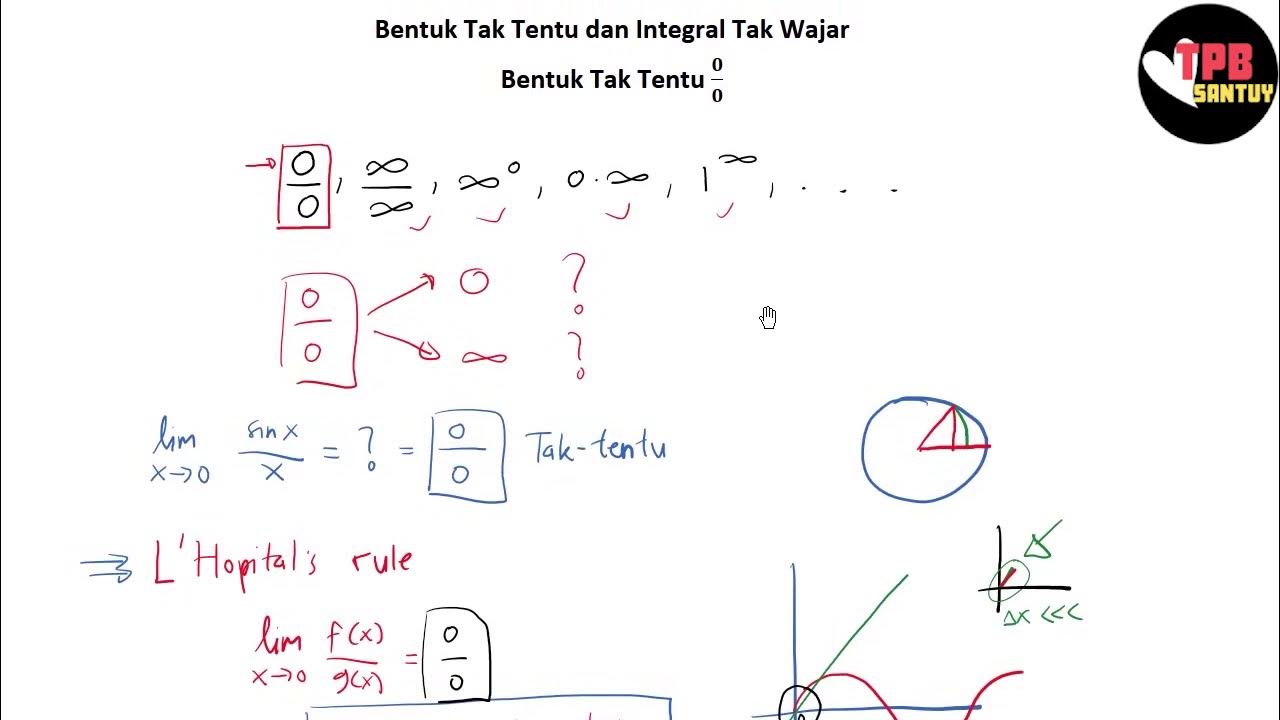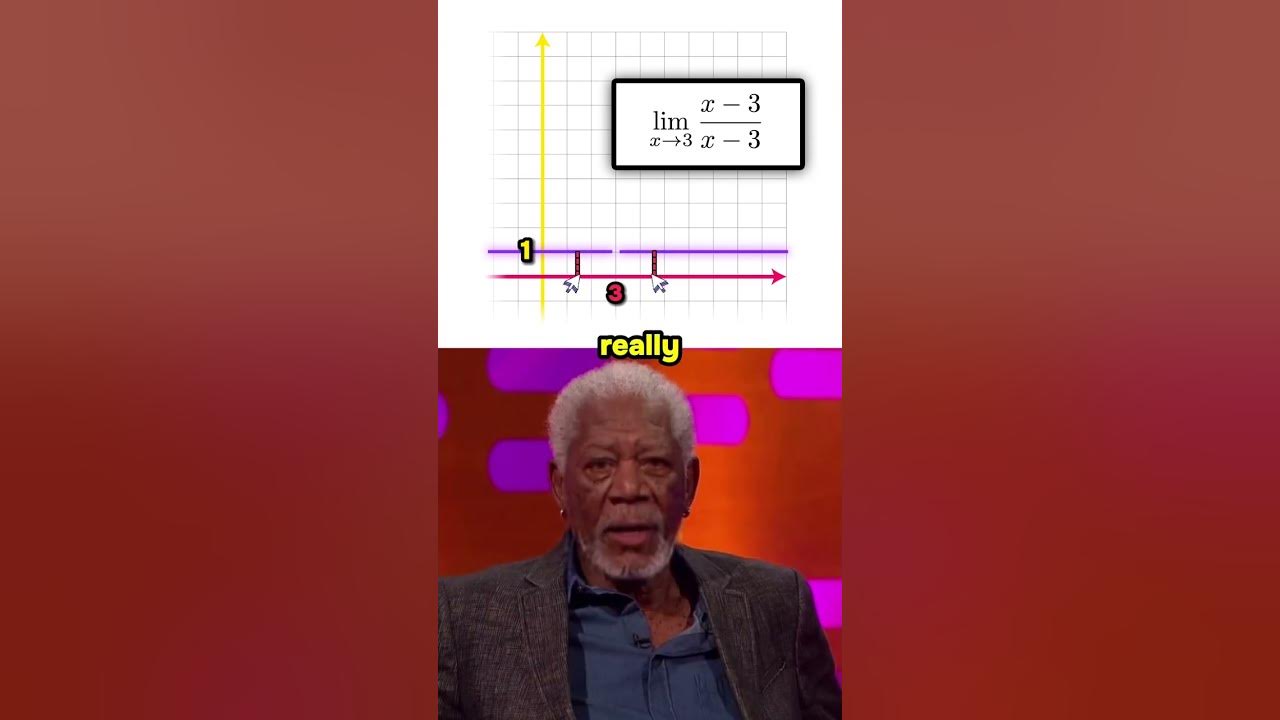6.5 Indeterminate forms
Summary
TLDRThis video introduces the concept of indeterminate forms in calculus, explaining what they mean for limits and why they don’t provide immediate conclusions. Through examples of 0/0 and other indeterminate forms, the video demonstrates that further analysis is required to determine the actual limit. Key concepts like the tension between functions in indeterminate forms, as well as the use of L'Hopital's Rule to resolve some cases, are also covered. The video emphasizes the importance of careful interpretation and distinguishes indeterminate forms from cases like 1/0, where conclusions can be drawn.
Takeaways
- 😀 Indeterminate forms arise when trying to compute limits involving a quotient, particularly in cases where both the numerator and denominator approach zero.
- 😀 The most common indeterminate form is 0/0, where we cannot immediately determine the limit of the quotient without further analysis.
- 😀 Simple examples can demonstrate that 0/0 does not always lead to the same result. For instance, the limits of 2x/x, x²/x, and x/x³ all yield different answers despite having the same form (0/0).
- 😀 Indeterminate forms are not necessarily undefined. They simply mean that the limit is not immediately clear and requires additional work to resolve.
- 😀 Indeterminate forms often reflect a tension between the numerator and denominator, with each trying to dominate the limit in different ways (e.g., zero divided by something tends to zero, but anything divided by zero tends to infinity).
- 😀 Other common indeterminate forms include 0 * ∞, ∞ - ∞, and exponential forms like 0^0, ∞^0, and 1^(±∞).
- 😀 L'Hôpital's Rule is a powerful tool to resolve some indeterminate forms by differentiating the numerator and denominator.
- 😀 The presence of 1/0 is not considered an indeterminate form, as we can generally conclude the limit tends to infinity or negative infinity, depending on the behavior of the denominator.
- 😀 When the denominator approaches zero, we must be careful and check its sign to determine whether the limit tends to positive or negative infinity.
- 😀 The behavior of limits involving division by zero can be clarified by examining the signs of the numerator and denominator near the point of interest (e.g., when x approaches 3 from the right in the example 1/((x – 3)(2 – x))).
Please replace the link and try again.
Outlines

This section is available to paid users only. Please upgrade to access this part.
Upgrade NowMindmap

This section is available to paid users only. Please upgrade to access this part.
Upgrade NowKeywords

This section is available to paid users only. Please upgrade to access this part.
Upgrade NowHighlights

This section is available to paid users only. Please upgrade to access this part.
Upgrade NowTranscripts

This section is available to paid users only. Please upgrade to access this part.
Upgrade NowBrowse More Related Video

Limits, L'Hôpital's rule, and epsilon delta definitions | Chapter 7, Essence of calculus

Limit Kalkulus Part 1: Apa Itu Limit? Penjelasan Mudah & Visual!

Límite de una función real

Bentuk 0/0 | Bentuk Tak Tentu dan Integral Tak Wajar (Part 1) | Kalkulus

Limit Fungsi Aljabar • Part 4: Bentuk Tak Tentu dan Sifat-Sifat Limit Fungsi

Edging in Math - Morgan Freeman and Jake Paul explain taking Limits
5.0 / 5 (0 votes)